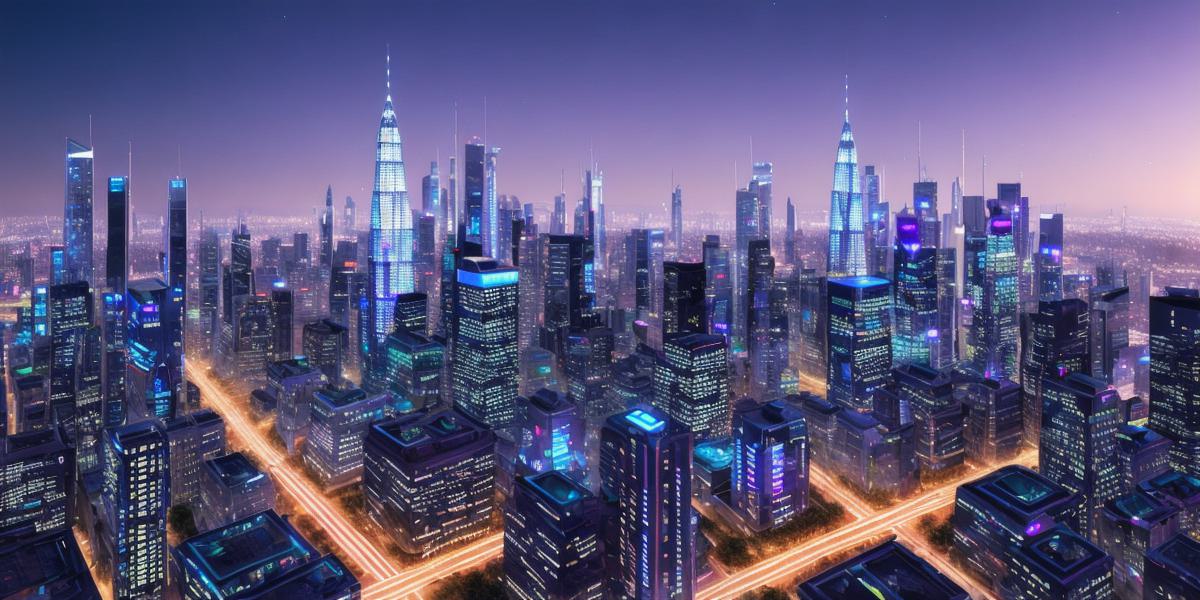AI-generated textures are revolutionizing the way we create 3D models, providing an unprecedented level of realism and detail that was previously impossible to achieve. With the help of artificial intelligence, we can now generate high-quality textures that look and feel like real materials, making our 3D models more lifelike and engaging than ever before. In this article, we’ll explore the benefits of AI-generated textures and discuss how they can help you revolutionize your 3D modeling process.
AI-Generated Textures: What are They?
AI-generated textures use machine learning algorithms to analyze images of real materials, such as metal, wood, or cloth, and then generate new textures that replicate the look and feel of those materials. These textures can be applied to 3D models in a variety of ways, including mapping them onto surfaces, using them as lighting effects, or even simulating weathering and wear over time.
The Advantages of AI-Generated Textures
One of the main advantages of AI-generated textures is that they can provide an unprecedented level of realism and detail to 3D models. By replicating the look and feel of real materials, these textures can make your models more lifelike and engaging than ever before. In addition, AI-generated textures can save you a lot of time and effort in creating detailed textures by hand. Instead of spending hours manually painting or mapping textures onto your 3D model surfaces, you can simply apply an AI-generated texture and achieve the same result in seconds.
Another advantage of AI-generated textures is that they can help you create more realistic lighting effects. By analyzing images of real materials, these textures can simulate how light interacts with different surfaces, creating more accurate and believable lighting effects for your 3D models. This can be especially useful in creating photorealistic or cinematic-style 3D models that require a high level of detail and realism.
AI-Generated Textures: Use Cases
There are many use cases for AI-generated textures, from architectural visualization to product design and beyond. Here are just a few examples of how these textures can be used:
- Architectural Visualization: By generating highly realistic textures for 3D models of buildings and other structures, you can create photorealistic renders that accurately depict the look and feel of real materials. This can be especially useful in creating presentations or visualizations for architects, contractors, and clients.
- Product Design: By applying AI-generated textures to 3D models of products, you can create highly realistic prototypes that accurately simulate the appearance of finished goods. This can be particularly useful in product development, where it’s important to create accurate visual representations of products before they go into production.
- Gaming: By using AI-generated textures to create highly detailed and realistic 3D models for games, you can create immersive gaming experiences that are more engaging and lifelike than ever before. This can be especially useful in creating open-world or first-person shooter games where the environment is critical to the gameplay experience.
FAQs
Q: How do AI-generated textures work?
A: AI-generated textures use machine learning algorithms to analyze images of real materials and generate new textures that replicate the look and feel of those materials.
Q: Are AI-generated textures more expensive than traditional texturing methods?
A: No, AI-generated textures are actually less expensive than traditional texturing methods, as they can save you a lot of time and effort in creating detailed textures by hand.
Q: Can I use AI-generated textures with my existing 3D models?
A: Yes, most 3D modeling software supports the use of AI-generated textures, so you can easily apply them to your existing models without any issues.
